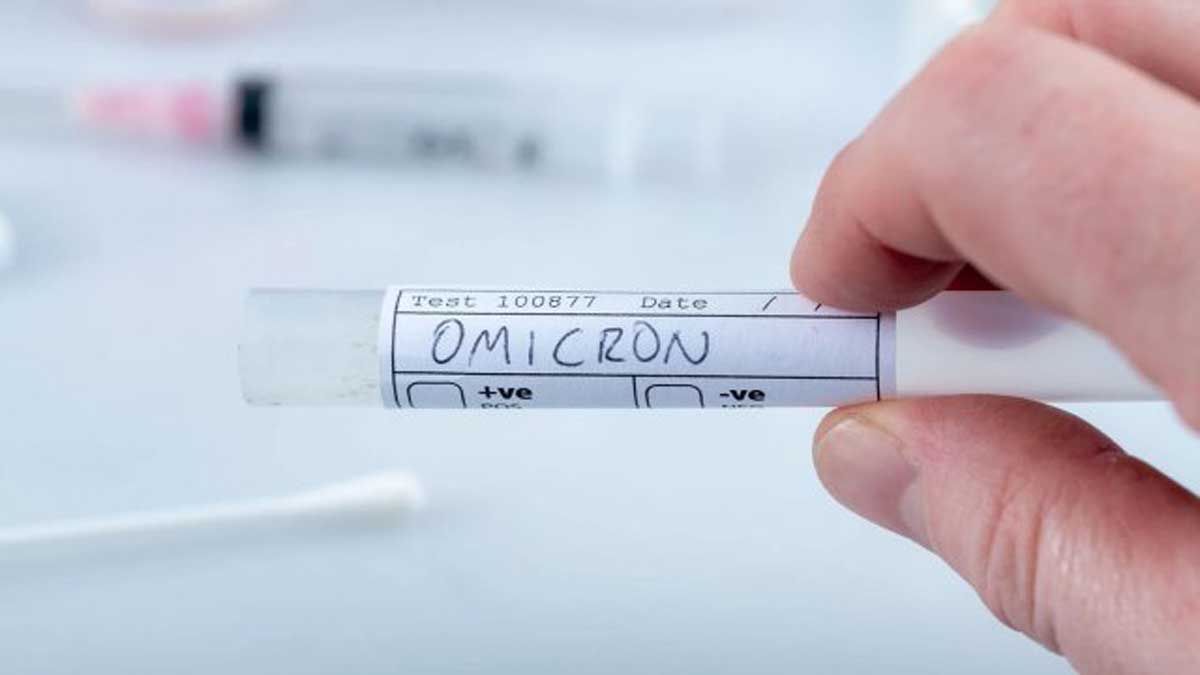The World Health Organization is monitoring the development of two new subtypes of Omicron: BA.4 and BA.5. What is known about them at the moment.
During the pandemic, new variants of the coronavirus have constantly appeared and continue to appear. This week, the World Health Organization (WHO) monitored two new sub-options of Omicron. Scientists from Botswana and South Africa have discovered BA.4 and BA.5 mutations, and the exact risk of their rapid spread and infection is being investigated.
Mutations were found in four patients in Botswana and 23 in South Africa. But the recently discovered subspecies has already reached several European countries: Belgium, Denmark, Germany and the UK.
So far, scientists and doctors have not found a serious epidemiological difference between the old version of Omicron and the two innovations that do not cause concern. So far, we are not seeing a rapid increase in infections. “The emergence of modifications to hospitalizations or deaths,” said Dr Machidiso Moetti, WHO Regional Director for Africa.
New variant in the UK
But a brand new, different sub-variant of Omicron called HE is currently being distributed in the UK. There are already more than 1,000 people with this mutation, we learn from the current report of the relevant service of the Ministry of Health in London.
The XE virus is a combination of Omicron BA.1 (the original Omicron) and Omicron BA.2, which is the most infectious of all. In other words, this modification, discovered in the UK, combines genetic material from different variants, resulting in a new subspecies of the SARS-CoV-2 virus.
Variants of the virus combine
Let me remind you where new modifications of viruses come from. Sometimes errors reproduce (copy) viruses and lead to mutations. When the structure of the virus has not changed, they speak of a “silent mutation” or “error”. Mutations in the spike protein can increase the infectivity of the virus. As for the Omicron XE option, this is already a combination of two other sub-options. that is, both sub-variants of the virus are contained in the same cell at the same time.
In this cell, they can combine their genetic material and then infect other people. Omicron did NOT take its genetic information mainly from Omicron BA.2, a modification that does not lead to a more severe course of the disease than BA.1. This, however, applies to all variants of Omicron: the course of the disease is easier. But let’s remember that Omicron is highly contagious.

